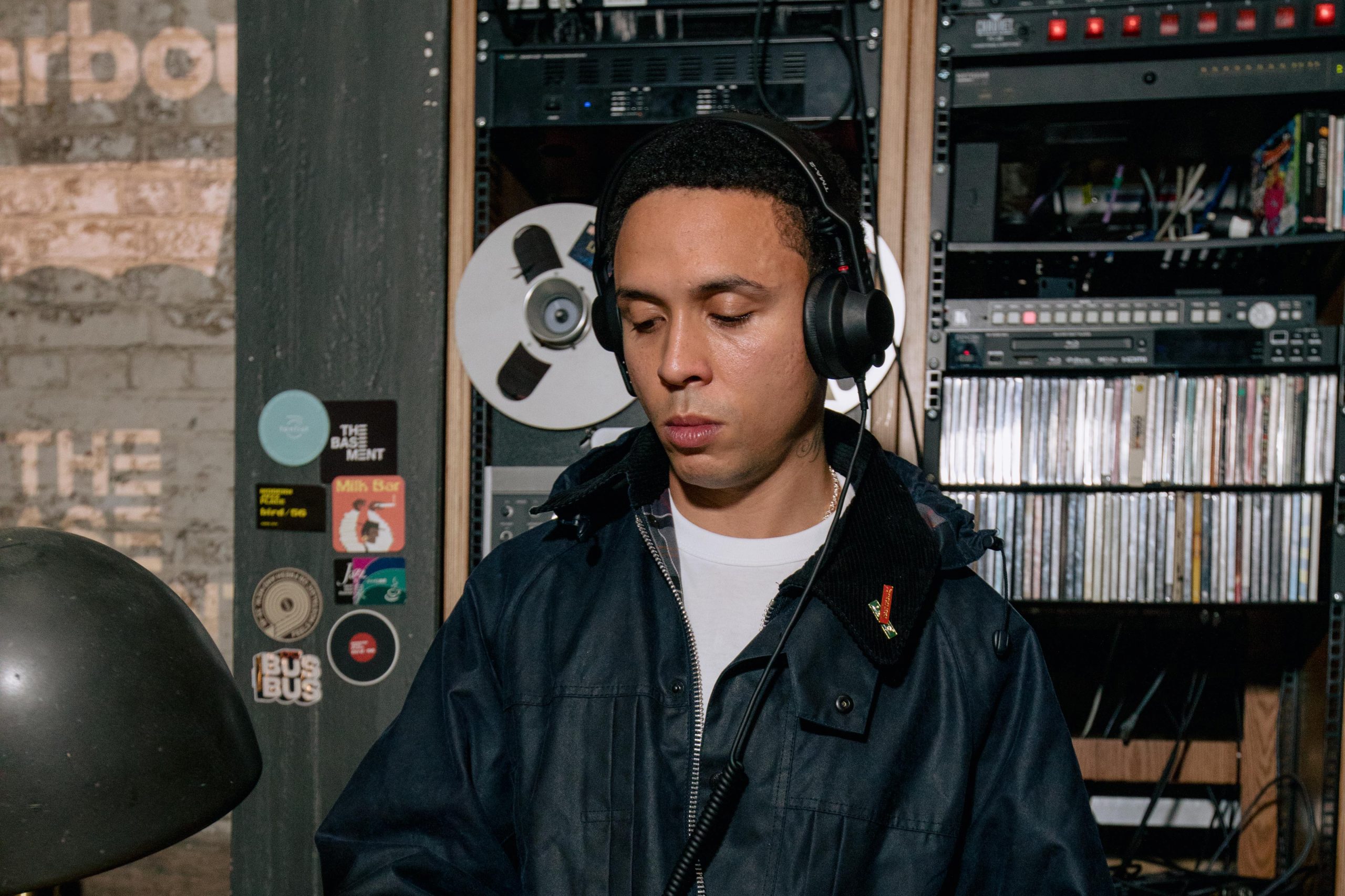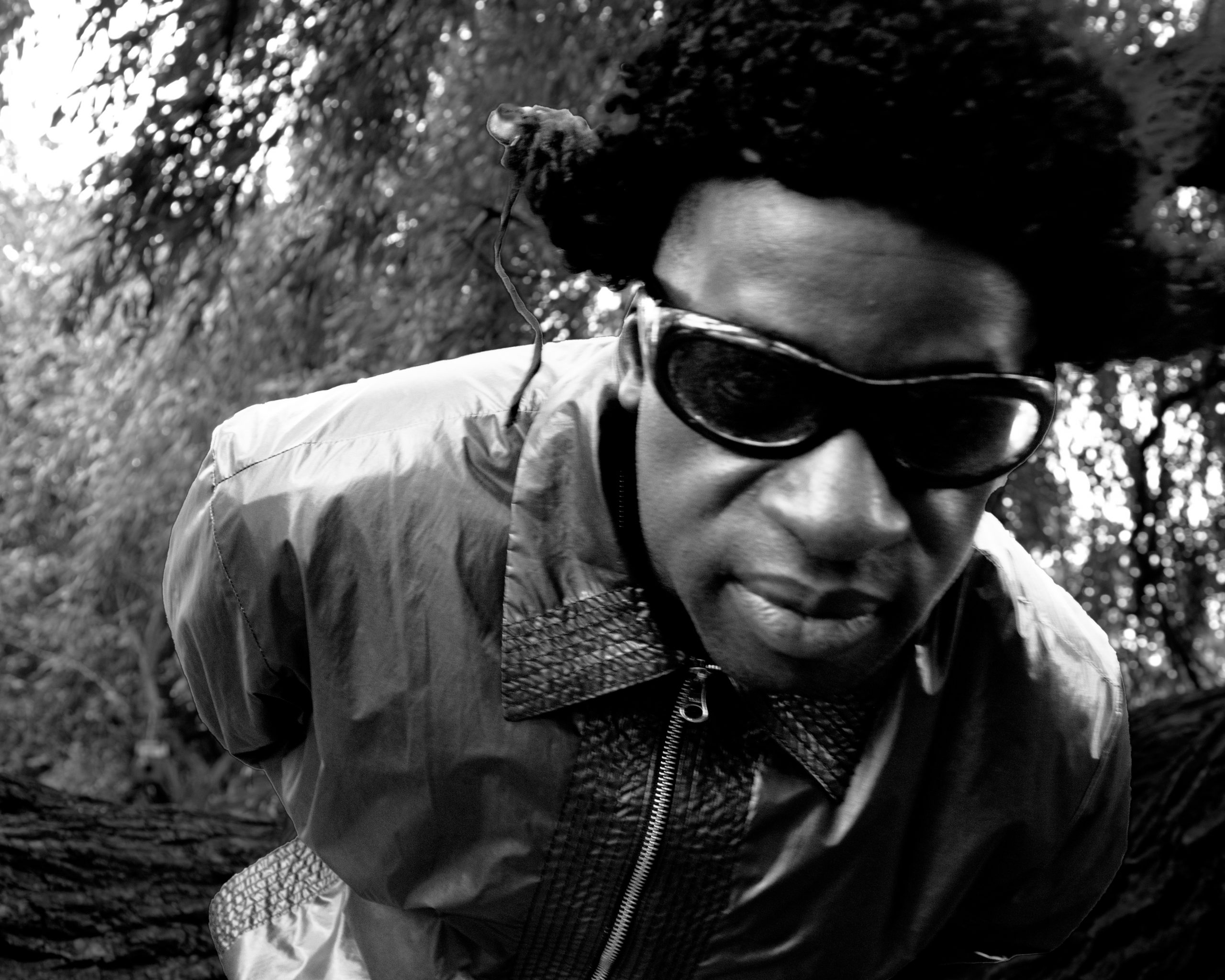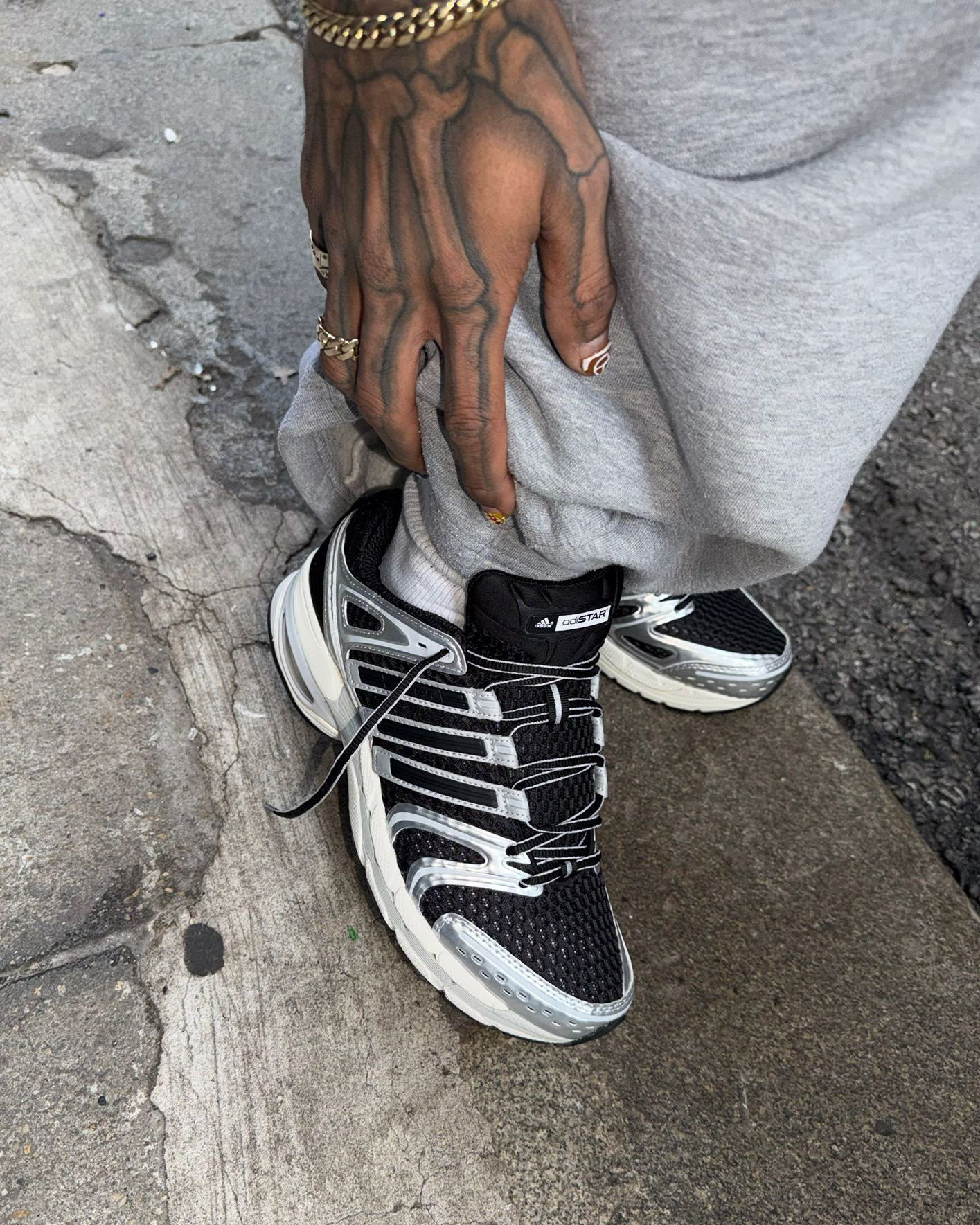Authority on all manner of Black Mirror bullshit, Rhys Thomas, takes us back to basics on this week's nightmare tales from tech: deepfakes.
Deepfakes are back in the news this week following the video for Kendrick Lamar’s new single The Heart Part 5, in which he deepfakes the faces of Black men including O.J. Simpson, Will Smith, Jussie Smollett, Kobe Bryant, Kanye West, and Nipsey Hussle. In his video (and song) Lamar uses “one of the most controversial technologies to emerge in recent years” (according to Pitchfork) to allow Lamar to rap about certain issues while posing as a Black man more directly affected by them than himself. Initially, there was backlash and shock, but it seems now as though people are understanding the concept at the heart of uh, The Heart Part 5. These controversial visuals undoubtedly set the tone for the drop of album ‘Mr Morale and The Big Steppers’ today, which in true Kendrick style offers succinct and searing commentary on contemporary social issues delivered in his signature Pulitzer-winning flow. But anyway, if you’re wondering what exactly a deepfake is, we’ve got you covered. Have a butcher’s.
Deepfakes: An Overview
Deepfake is the name given to an image or (more commonly these days) a video which shows the image of someone or something that isn’t actually there, and (usually) hasn’t given consent to be featured in the video. But most crucially, as the tech develops, it’s becoming increasingly believable that the the false subject is fact, posing serious security and identity concerns for the next era. The idea is to make the person viewing it believe the content is legit, when it isn’t. Black Mirror called, they want their fuckeries back…
The Origins of Deepfakes
Deepfakes began as early as 1990. The name is a mash-up of ‘deep learning’ and well, fake, of course. Technically, deepfakes existed as far back as the 1800s, with people manipulating photos to do anything from deceive the public about a product to making magazine covers look nicer. Cynics may say that airbrushed celebrities sealed their own deeply concerning Pornhub fate, by creating a post-truth anything-goes visual environment where hyperrealism and unreachable beauty and body standards became the status quo. These rudimentary edits and half-truth images would no longer be classed as deepfakes anymore, as current technology could outwit most of it. Which tech? Artificial Intelligence (AI), and machine learning. You can actually find a lot of deepfake tools for free online. But remember kids, with great power comes great responsibility.
How Deepfakes Work
To deepfake, you can just photoshop something, but to do it ‘deeply’, you collate a load of images of the person or thing you’re looking to deepfake. Then you run it through a certain AI in order to make new, original photos, using those images. When you have a batch of fake AI-generated images, you run those through a second AI to see if it can spot that they’re fake or not.
You essentially rinse and repeat this, tweaking the images in AI #1, until AI #2 can’t spot the fakes from the real. Current thinking says that if the AI can’t tell, humans won’t have an easy time either. With video, the same applies, except you find video clips of the person involved (typically saying things to camera). With video it can lip-sync speech too, making it pretty convincing that bae is saying some bad bad things. Even non-deepfake videos hit the masses. A ‘drunk’ Nancy Pelosi, for instance, taking a drink and then slurring her words. This isn’t a deepfake, it’s just slowed down to present an altered version of the truth to further a particular narrative. People still challenge the claim that it’s fake. As Enter Shikari titled their 2020 album (yes, Enter Shikari are still releasing new music in 2020) ‘Nothing is True and Everything is Possible’. Mad.
In Lamar’s video specifically, we see his face morph real time, which makes it deliberately overt that the video is deefaking (along with his voice being heard when people like Will Smith are on screen, ofc). With audio, you edit the person’s speech until it sounds like someone said something they didn’t, or in a way that is false.
Deepfakes: The Negatives
Like most technological advances, ‘deepfakes’ can be used for good and evil. Up till now, they’ve mostly been used to do shitty things, and mostly around porn (see above). Superimposing faces of celebrities onto bodies of porn actors, without anyone’s consent, is frequently the issue. A study by Deeptrace, an Amsterdam based cyber-security company found that 96 per cent of deepfakes were used for non-consensual pornogrpahy. In 2019 Rolling Stone reported on this study, highlighting that within the report it says “nearly one-quarter (25%) of the women targeted are of South Korean descent and are classified by the researchers as South Korean musicians or K-pop singers.” Deepfakes are also frequently used as a form of blackmail, to set up false social media accounts (identity theft, but also sockpuppets – social media accounts made with entirely fake but real looking images). Digital influencer, Lil Miquela, for instance perhaps foreshadows a future where brand deals with social media stars are all full of shit fakes *cough* more so than right now *cough*.
Other shady uses come within the category of a ‘person/company trying to mislead the public’. Politics and the whole #FAKENEWS era is a common playing ground for deepfaked content (and barmy accusations of deepfaked content from deeply unhinged far-right redditors). Given that this is a rapidly emerging field (in terms of accuracy) and that compared to the pre-internet era, content can spread like wildfire, US laws are increasingly getting stricter on the legality of it all. The European Parliament has also amended its Digital Services Act to look into deepfakes, though it won’t take effect until 2023. By which point Boris Johsnon and Queen Lizzie will probably be deeply sketch holograms (don’t @ us).
Deepfakes: The Positives
In Germany last year investigators were given the okay to use deepfaked images of children to try and catch sexual predators online. In other crime-fighting places, they have the potential to be much more accurate than those impressionistic police sketches we see.
You could argue Lamar’s high-concept video was an example too, though others would say speaking about other people’s narratives and using their faces without their consent is a bit naughty. But where Kendrick is involved, that was probably the point. Look, we’re talking about it right now. Kendrick done deepfaked all of us.
So there you are: deepfakes. Fakes that are deep. Imagine trying to explain this to your great great nan. Modern world, ey?
Graphics
Adam Bartlett

What Went Down: The Basement Presents Barbour x Levi’s® Launch Party
- Community
- Photo Series
- 4 minute read





